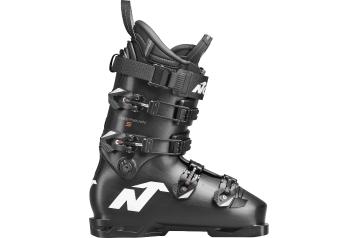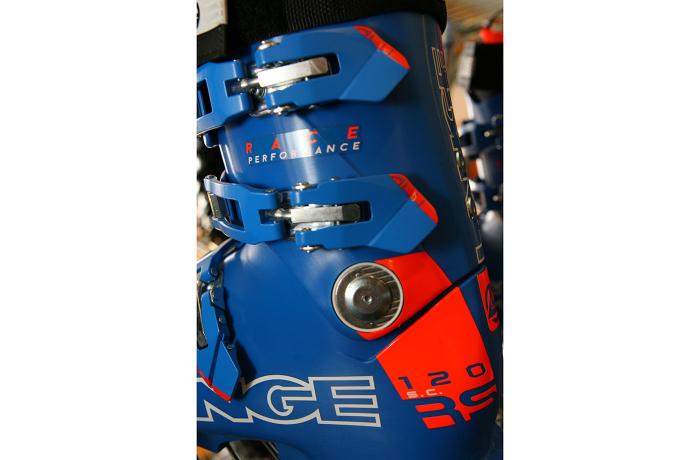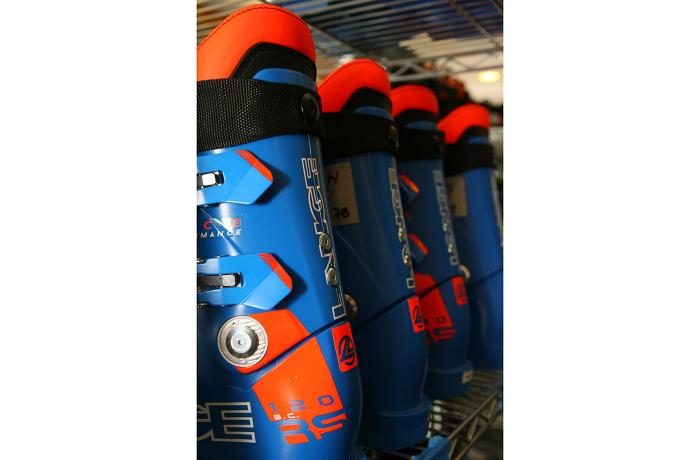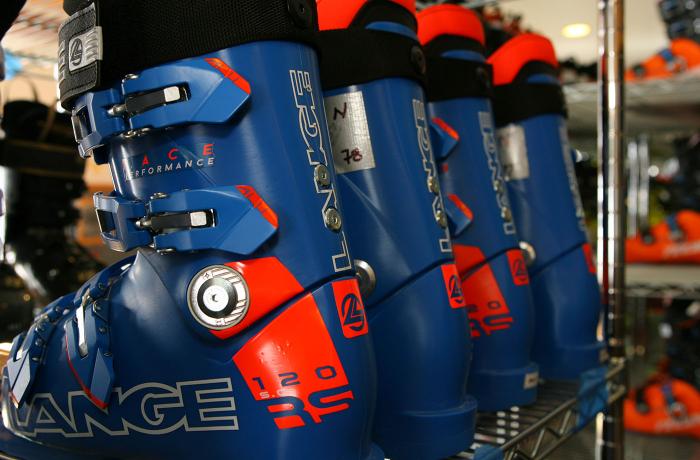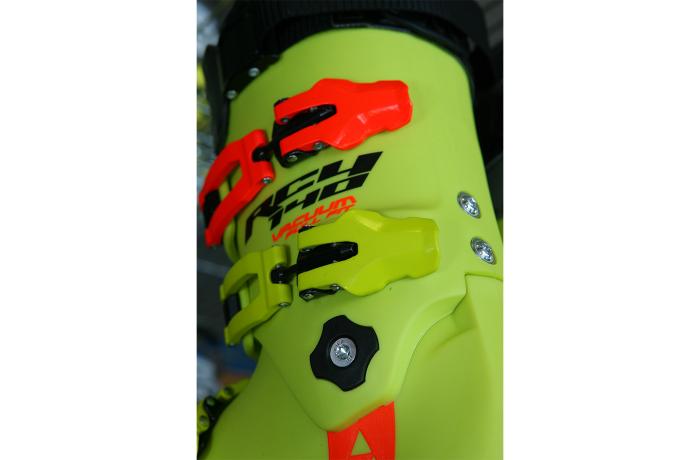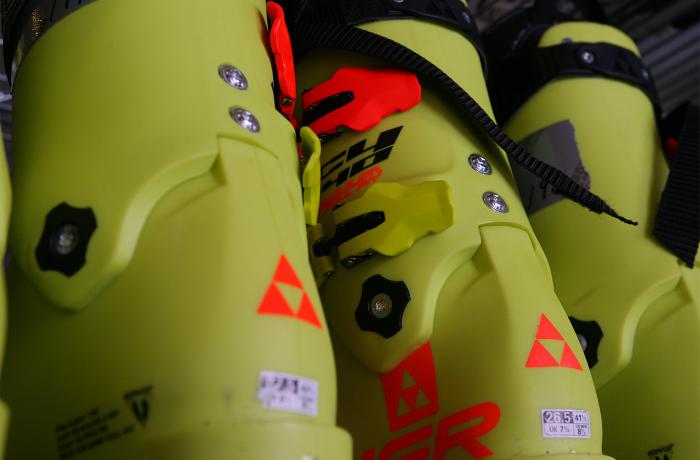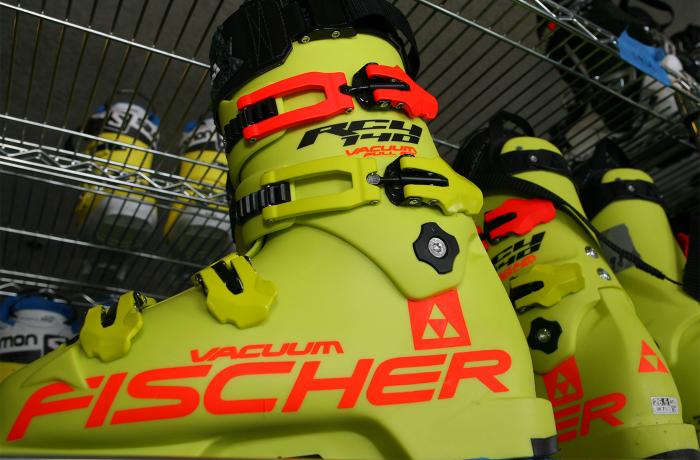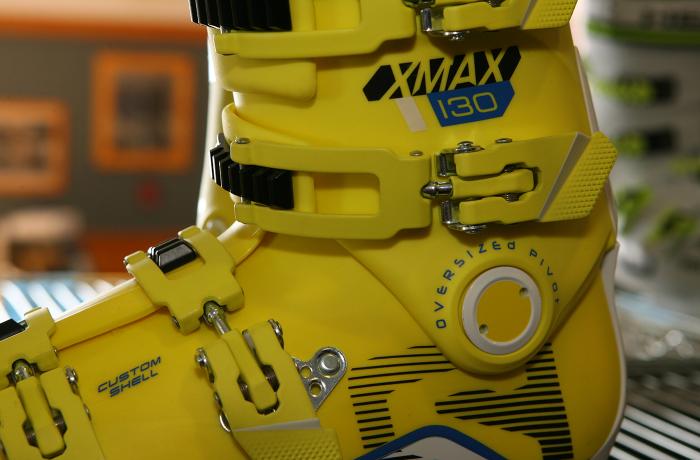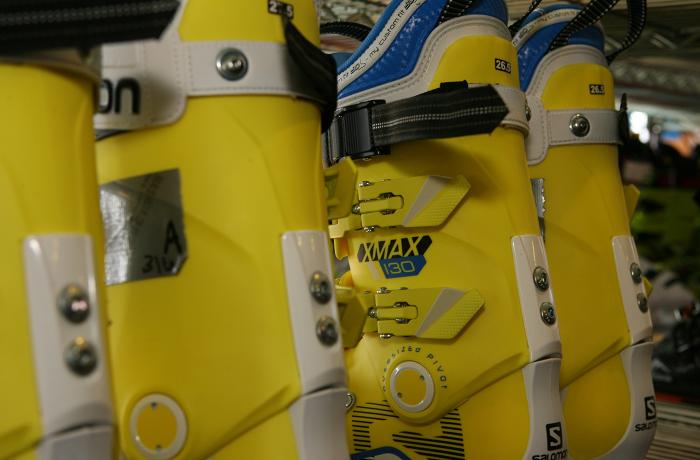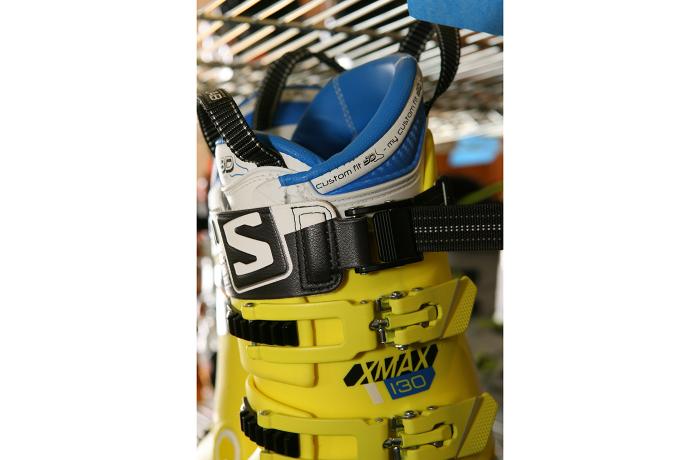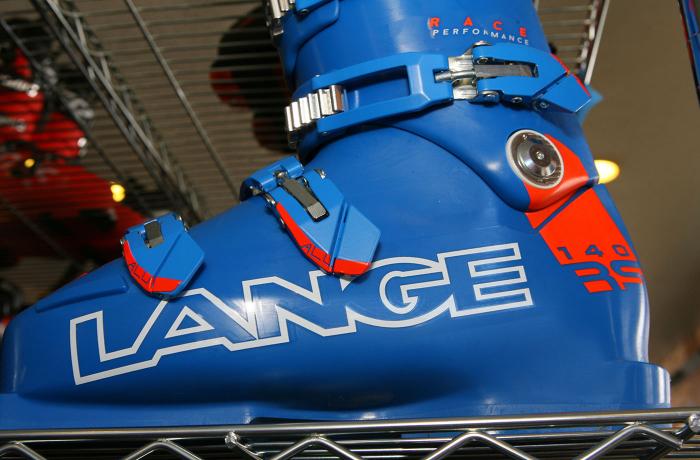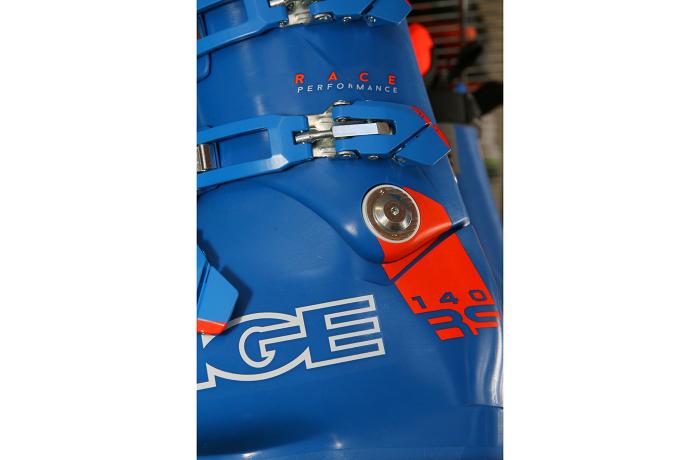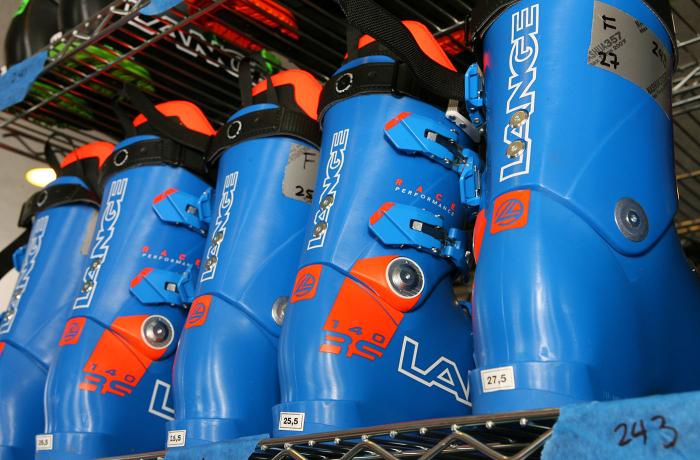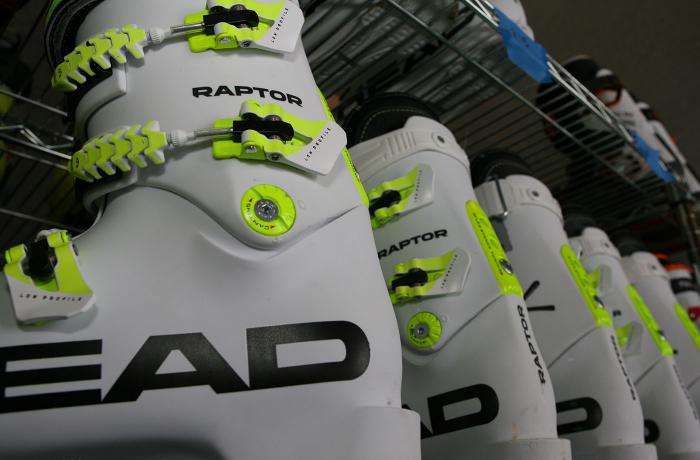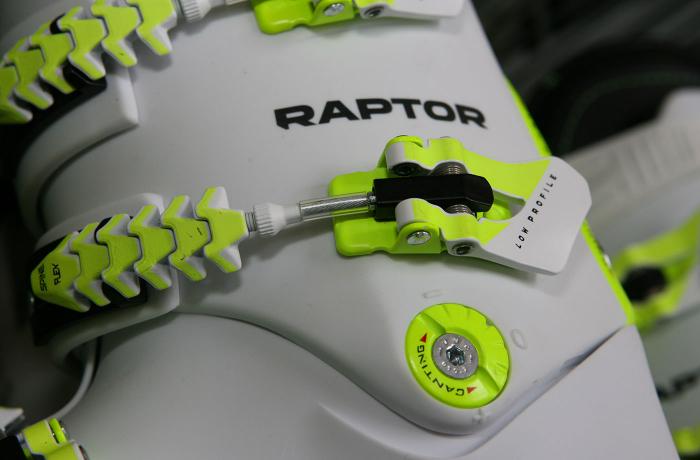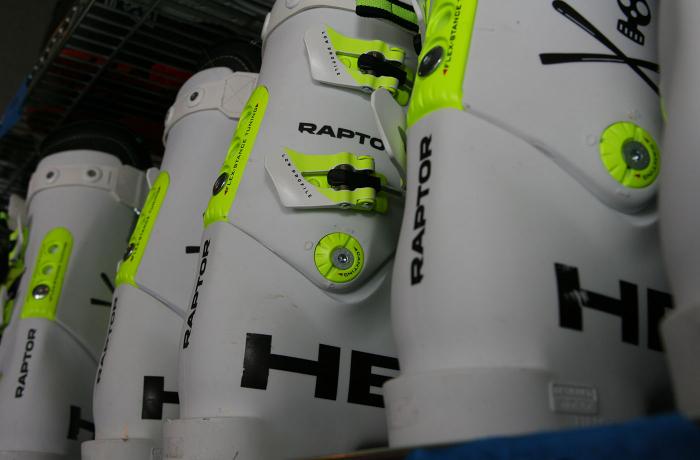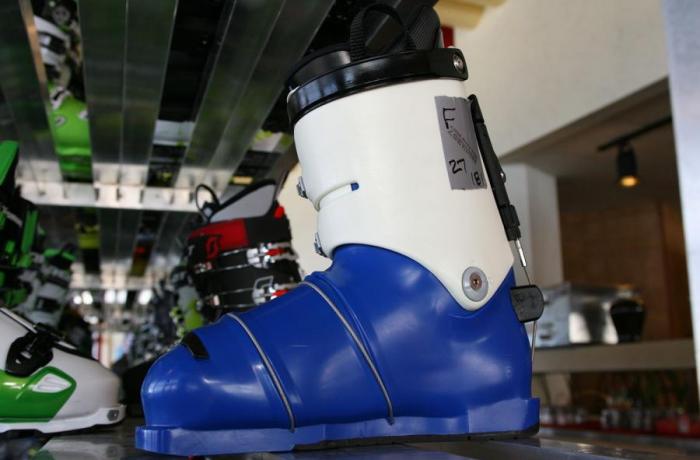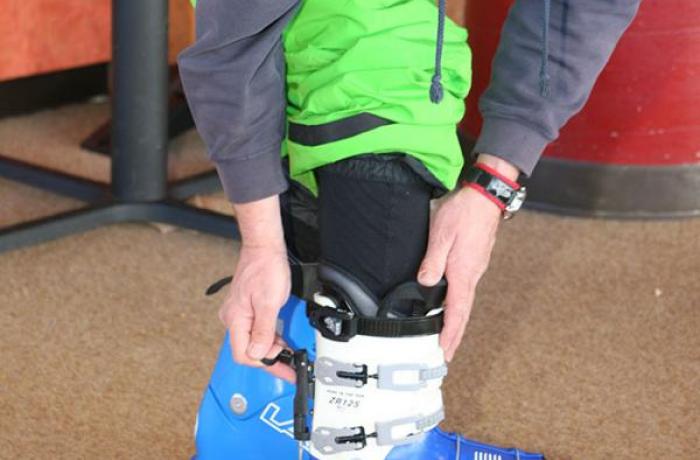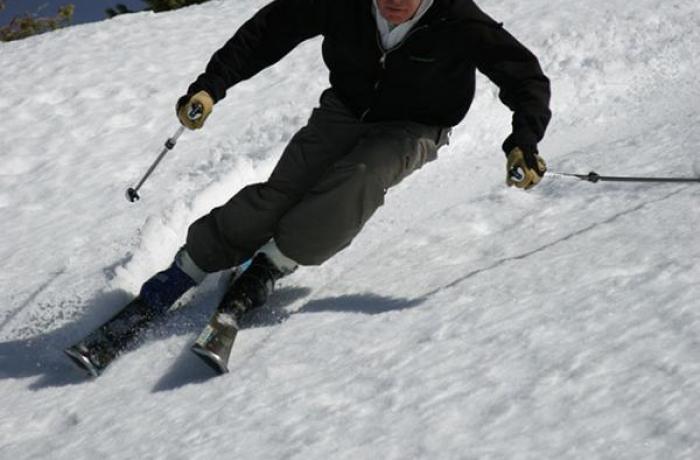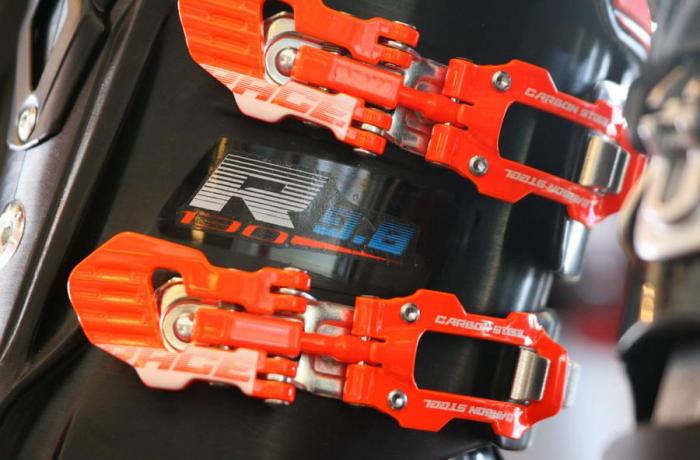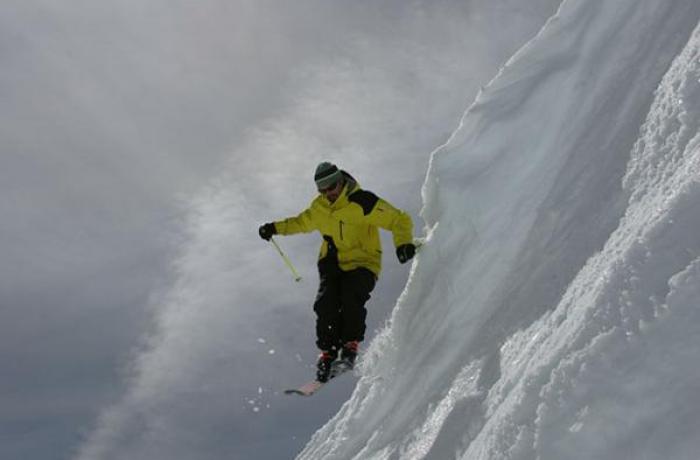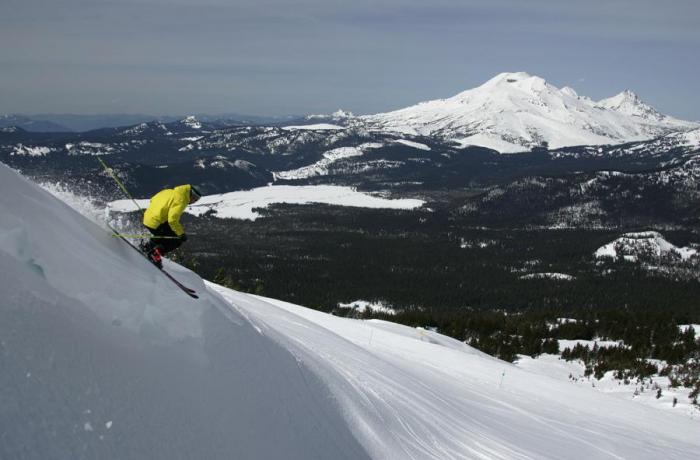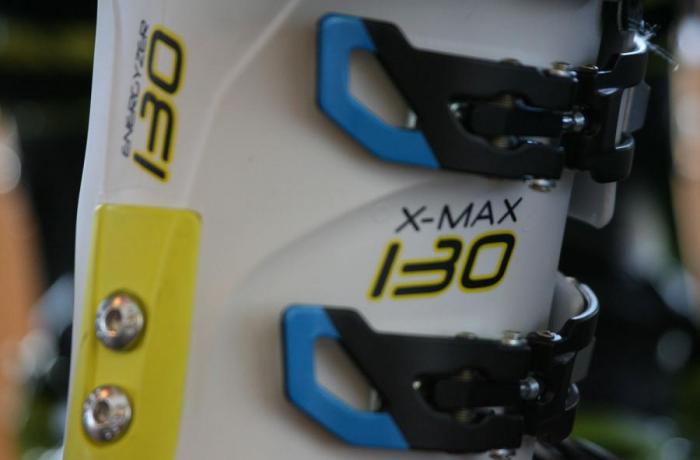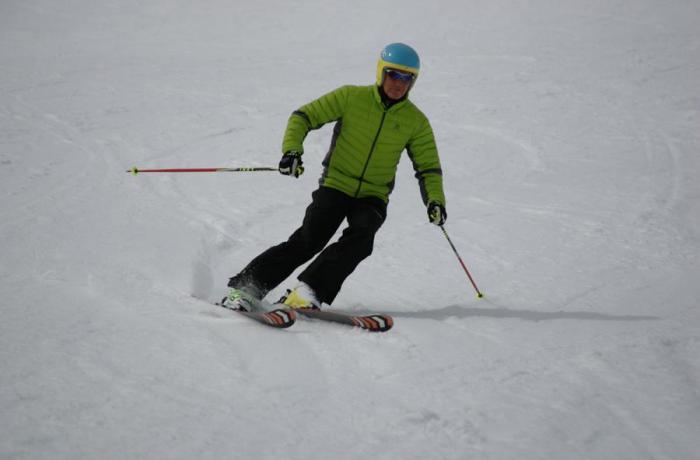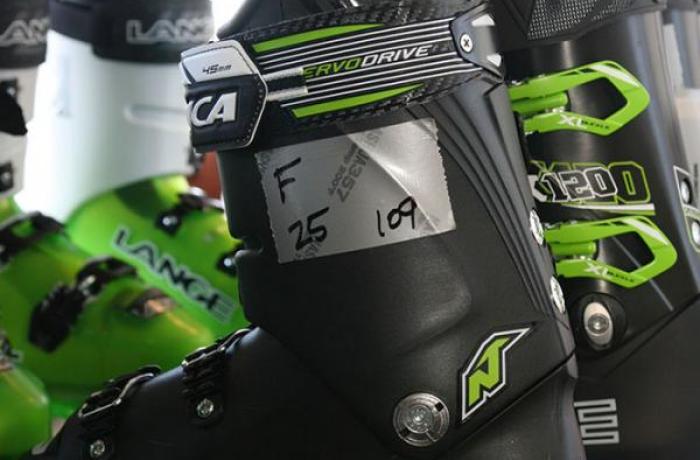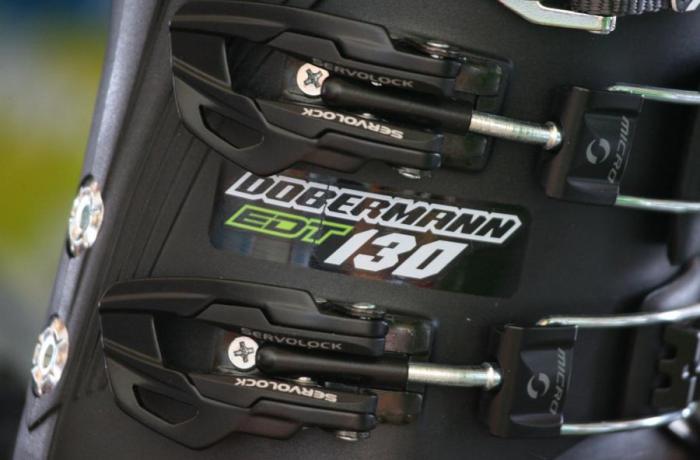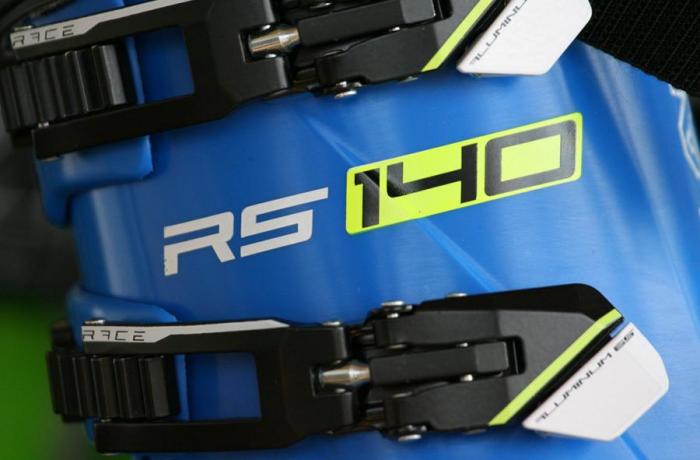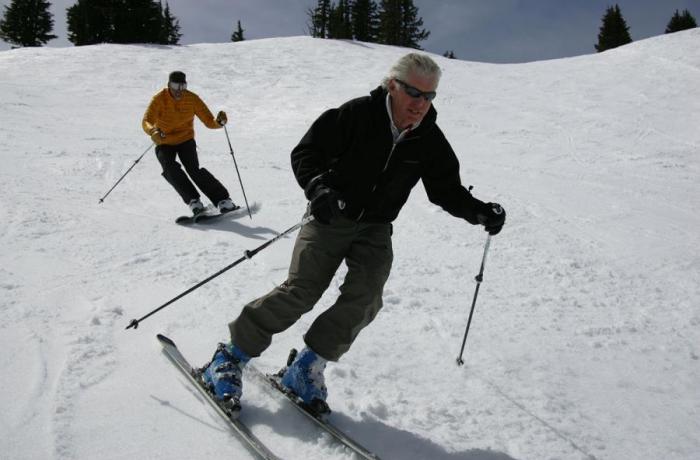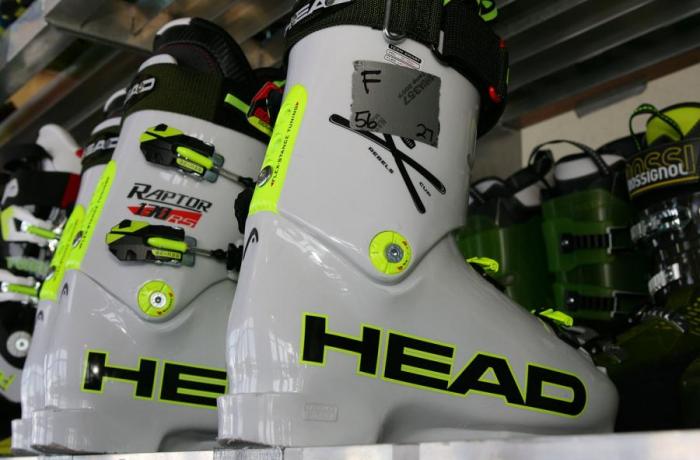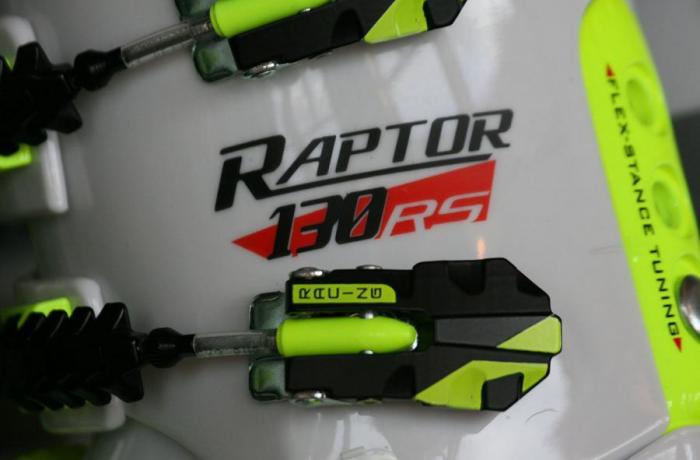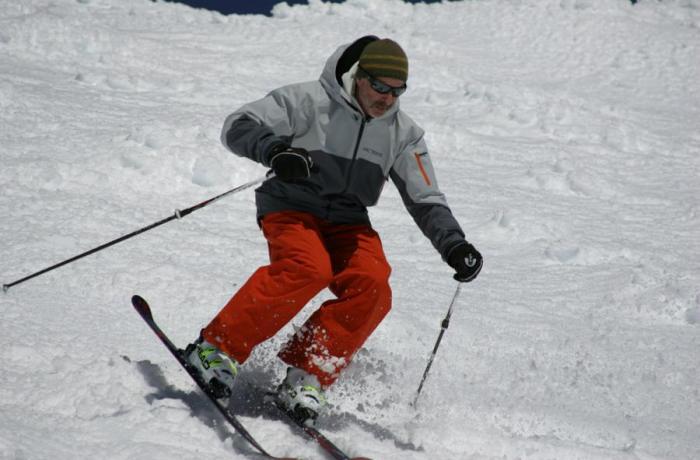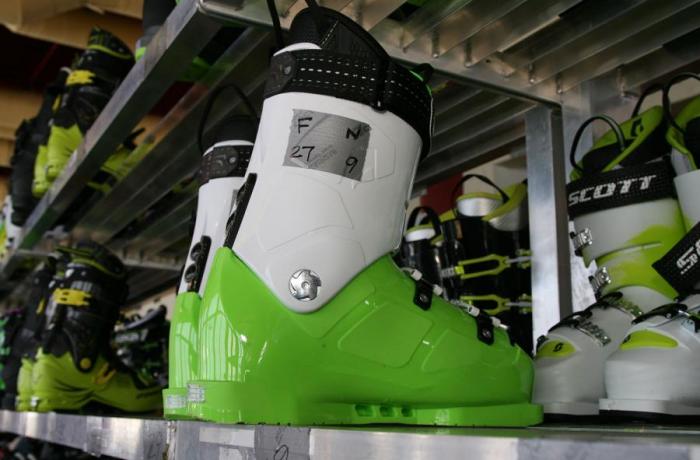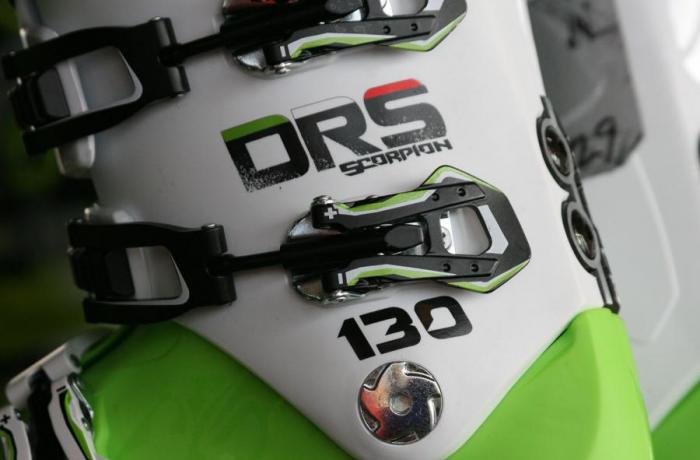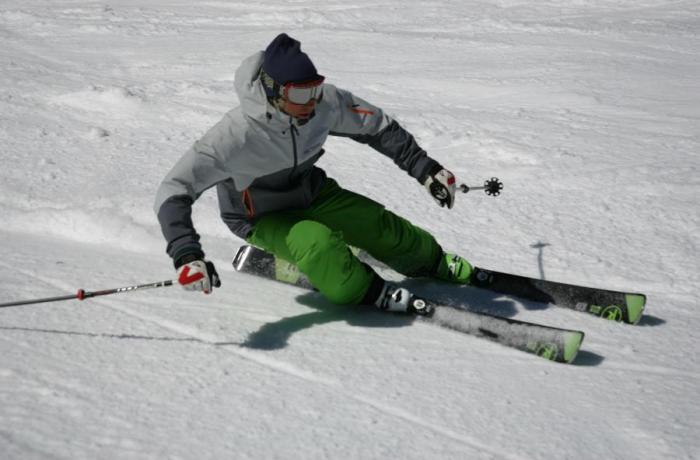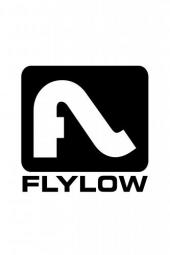The Gist
Perhaps the most decorated women's boot in our last half-decade of testing. The RS 120 SC is the go-to model for ripping women who opt for performance and snug fit over creature comforts and fireplace fur liners. It's tight everywhere, balanced to a T, strong on edge and ready for all comers. Improvements to the liner tongue give this boot the best Lange shin fit ever.
Fit
Testers said that this one was snug everywhere, especially in the heel and ankle. It was a touch too snug right over the top of the foot for some though all said the fit relaxed after a few runs. Race-bred, the RS 120 SC is not for skiers who demand a perfect out-of-the-box fit at typically bony spots.
There will be a few grinds and punches necessary for most feet to fit happily. Testers also said that entry and exit was not without some bargaining, but they happily dealt with it in return for the sort of skin tight closure that results. Most testers loved the cuff height (SC stands for Short Cuff and differentiates this model from the men's version) but a few of our taller, bigger women felt support lacking there.
Performance
“Confidence-inspiring” was an oft-used descriptor. Testers were able to lay the boot over and trust the edge to drive a commanding arc. The snug fit, snappy progressive flex feel and dynamic flexion and extension gave rise to quick steering.
Some of our more petite testers felt the 120 flex, upright cuff and low-ramped bootboard combined to nudge them into the backseat at times. They said heel lifts and rear spoilers would solve that issue. Taller and heavier testers complained that the 120 flex felt under-gunned. But if you are closer to everywoman, this one hits the sweet spot.
Cool Features
Some testers felt the fit over the top of the foot was firm but it’s much improved over RS boots of old due to a perforated foam tongue construction directly over the midfoot. Testers liked the orange highlights on the buckles and liner. Women on the edges of the foot length spectrum take note: this boot (and RS 110 SC, RS 90 SC, 70 RS SC) is available down to size 21.5 and up to a 28.5.
